
Why Celebrate Passover as a Christian?
Passover is a very significant event for the Christian believer. As followers of Jesus, we desire both to walk in his footsteps and to celebrate the sacrifice he made for us. A Passover Seder (traditional “meal” in which the story of Passover is told) is a wonderful tradition in which Christians can both remember God’s faithfulness and celebrate our Savior!

Note: If you’re not familiar with the story of the Passover in the Bible, I recommend you review it, as this article and the celebration of Passover are based on it. The story of the Passover is found in Exodus, chapters 3-15. Here’s a Quick Overview of the Passover Story, but please read the real story in the Bible when you get a quiet moment. It’s amazing!
Here are some of the reasons the celebration of Passover is beneficial to our Christian Faith.
It Points to Jesus
Slavery and the Passover Lamb
Just like the Hebrew people were enslaved by the Egyptians, we all were once slaves to our sin. Romans 6:6 highlights this parallel.
“…our old self was crucified with Him, in order that our body of sin might be done away with so that we would no longer be slaves to sin…”
But like the Hebrew slaves, God sent a savior for us. For them, the blood of the Passover lamb saved them from the last plague, the death of the firstborn. This foreshadowed Jesus’s blood saving us from our sins. John the Baptist recognized that Jesus would fulfill this role for us.
“…he [John] saw Jesus coming to him and said, “Behold, the Lamb of God who takes away the sin of the world!” John 1:29
During a Passover Seder, we have two lambs to celebrate. We both remember the lambs whose blood saved the Hebrew people and Jesus, the Lamb who gave his blood to save us.
The timing of Jesus’s crucifixion also shows us why he came and was crucified. His being crucified during Passover was no coincidence. God shows us through this that he truly is our Passover Lamb whose blood is worthy to take away punishment for the sin of all!
The Afikomen
Although much of the Passover Seder points to Jesus, a very interesting part is what’s known as the afikomen. The word means “the coming one,” and it’s the name for the middle piece of matzah (unleavened bread) in a group of three set-aside pieces.
This matzah piece is then broken, wrapped in cloth, hidden, and then found again. When doing this, we remember that Jesus was broken when crucified, wrapped, buried, and rose again! Read this last sentence again if you’re not awestruck by the parallel in this tradition!
The Leaven Clean-Out
Prior to Passover comes one of the best ways I can think of to picture sin and its effect on our lives. The Feast of Unleavened Bread (Exodus 12:15), which occurs during Passover, is when we not only eat bread without yeast or leaven but also clean the leaven out of our homes entirely!
If you’ve never done this before, let me tell you—it’s difficult, especially if you have a bunch of little people living in your house like I do, who tend to leave crumbs everywhere!
The Bible often uses yeast or leaven to signify sin. Here’s an example.
“…Do you not know that a little leaven leavens the whole lump of dough? Clean out the old leaven so that you may be a new lump, just as you are in fact unleavened. For Christ our Passover also has been sacrificed. Therefore let us celebrate the feast, not with old leaven, nor with the leaven of malice and wickedness, but with the unleavened bread of sincerity and truth.” 1 Cor. 5:6-8
Here, Paul tells the Corinthian people that sin spreads. Even a little bit of sin will spread throughout a family, church, community, etc., just as it takes just a bit of yeast to leaven a whole lump of dough. When you try to clean every bit of the leaven from your entire home, you realize just how hard it is – and that you can never get it all!
This is just like our sin. We come before a perfect God, desiring to be accepted by Him, but we’ve got sin tucked in all the nooks and crannies of our lives. This is why we can be so grateful for Jesus! He covers all of our sin, even the dirty nooks and crannies, so we can appear before God as clean and acceptable!
Jesus Himself Participated
The story of Jesus’s entry into Jerusalem is celebrated by Christians on Palm Sunday. This is when Jesus entered Jerusalem on a donkey, and the people laid palm branches in his path and waved them, saying, “Hosanna! Blessed is he who comes in the name of the LORD!”.
Why was Jesus headed into Jerusalem that day? To celebrate the Passover! This can be found in all four Gospel books in the New Testament. It was during their Passover Seder that Jesus washed the disciples’ feet and instituted communion. In three of the four Gospels, he even said that he’d celebrate Passover again with us someday!

As believers in Jesus, we have the common goal of being more like Jesus. In celebrating Passover, we’re not only walking in his footsteps but also practicing and preparing for a Passover feast with Jesus himself one day! Wow!
God Tells Us to Remember
Obedience – a Result of Salvation
God’s people want to please and obey Him. We obey not to try to earn our salvation but because we have a God who knows our needs intimately enough to have provided us with a Savior. It’s out of that same love that God provided us with many commands in the Bible. Being our creator, He knows what’s best for us and has shown us how to live.
So, one wonderful reason to celebrate Passover is because God told us to! He knows that it’s in our best interest and that our celebration can bring glory to Him!
The Command
The command to celebrate Passover is found in many places throughout the Bible. We know that the most important or notable things in the Bible are repeated. God must have placed high importance on the annual celebration of Passover because the command is repeated many times!
Passover is to be observed on the 14th day of the first month (Nisan) at twilight. It should also be noted that many of the places Passover is commanded specify that it’s to be done forever – not just while wandering in the desert, not just until that generation was gone, and not just until Jesus comes. Forever. Throughout all generations.
Speaking of generations, some of these commands come with an explanation that we’re to teach our children about Passover and answer their questions about God by recounting the Passover story to them. What an effective way to teach them who God is!
The command to observe Passover includes the sacrifice of the Passover lamb at the Temple. Since we currently have no Temple that we have access to for this, we unfortunately can’t fully obey this command. We can, however, obey God when He said to remember when God rescued His people from Egypt. We can also obey Him in teaching our children what God did and who He is through the Passover story.
When we have a Passover Seder, we do just that. We remember what God did for the Hebrew people as well as what God did for us when He sent Jesus to die to atone for our sins. The Bible doesn’t mention a seder, but it does tell us to recall the events of the Passover to our children to teach them about God (Ex. 12:25-27). The seder serves to do just that – to remember what God did and to teach our children so generations after us don’t forget who God is and what He does for His people.
Here’s a list of the verses in the Bible that include a command to observe Passover:
– Exodus 12:14-17, 24-27; 13:3, 6-8, 14-15; 34:18, 25
– Leviticus 23:4-8
– Numbers 9:1-14; 28:16-17
– Deuteronomy 16:2-3
– 2 Kings 23:21-22
– 2 Chronicles 30:1
– Ezekiel 45:21
– Matthew 26:26-29
– Luke 22:17-20
– 1 Corinthians 5:7-8; 11:23-26
To Get to Know God
We read and study the Bible not for our own intellectual advancement but to get to know God. As we see Him interact with His people throughout the Bible, we can learn His character. It’s in learning who He is that we can develop a relationship with Him. The story of Passover is just one example.
God explains more fully why Passover shows us who He is.
“Then I will take you for My people, and I will be your God; and you shall know that I am the LORD your God, who brought you out from under the burdens of the Egyptians.” Ex. 6:7
God used His supernatural power to free His people from slavery to show them that they were His people, He was their God, and He was faithful to them. Every year, He wants us to retell the story to our children and remember it ourselves so that we know that the Creator of the universe, the one who freed His people from the Egyptians, will be our God. We will be His people, and He will be forever faithful!
If you’re planning a Passover Seder, check out my calendar for the dates. It’s on this list as an 8-day celebration, like it will be on most calendars but the Seder is traditionally held on the second day. The date of Passover stays the same on the Hebrew calendar but changes yearly on our Gregorian calendar.
If you’d like a short, simple, yet Christ-centered guide, here’s the link to my Basic Christian Passover Seder Guide.
If you’re new to the concept of a Gospel-centered Passover, the book Christ in the Passover by Ceil and Moishe Rosen and Jews for Jesus will further explain the themes I touched on here.
Comments (6)
Leave a Reply Cancel reply
Search
Recent Comments
- Denise Kerhlikar on Explaining The Chosen: Season 3, Episode 3: Physician Heal Yourself
- DSS on Wild Olive Branches: The Blessing of Being Grafted In
- Nicolai Marvin on An Introduction to the Hebrew Vowels
- Kathy on How to Find a Hebraic Congregation
- Amy on Explaining The Chosen: Season 1, Episode 3: Jesus Loves the Little Children
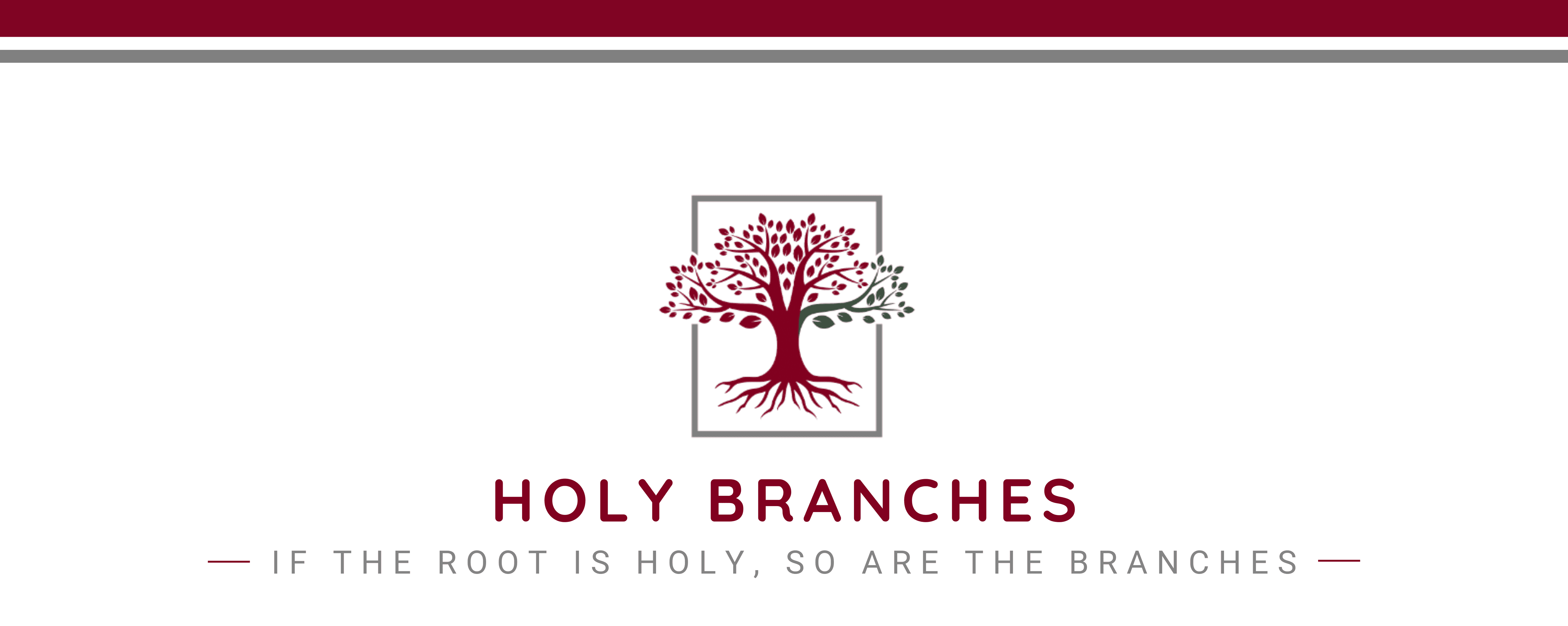
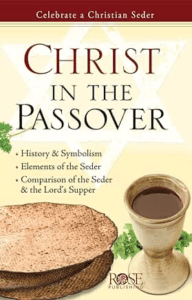
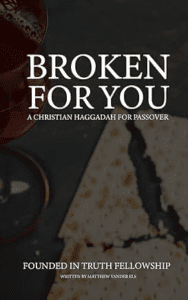
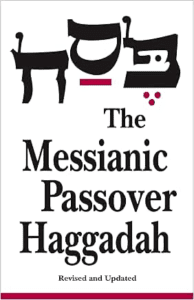
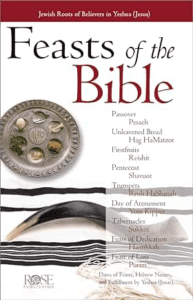
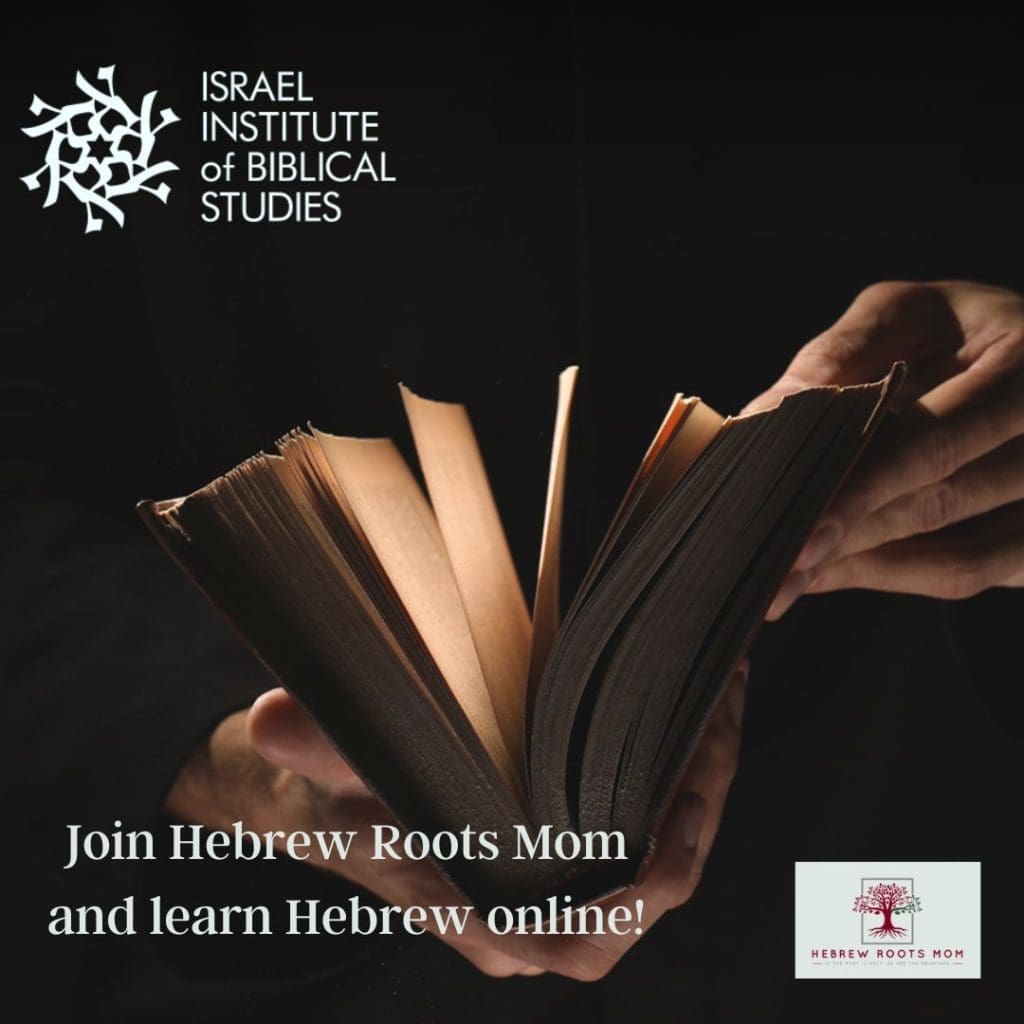


In Exodus 12:48, God says, let no uncircumcised eat the passover meal. The Christians are of this group, even though we’re grafted on. So if we eat, aren’t we going against God’s explicit instructions?
Like so many things in the Bible, there are two ways to look at the topic of circumcision and Passover: literally and figuratively. As far as Hebraic Believers go, there are some that take the command in Exodus literally and some that take it figuratively, with good evidence to support both.
Those that take this command literally believe that all those participating in Passover must be physically circumcised. However, the other commands concerning Passover give specific instructions regarding sacrifices at the Temple, which we aren’t able to do without a standing Temple so we cannot follow the Passover commands to the letter right now anyway.
Many others take the circumcision command figuratively, as in “circumcision of the heart” from Romans 2:25-29. This group states that the indwelling of the Holy Spirit is inward circumcision of the heart, not requiring outward physical circumcision.
HAPPY HOLY WEEK/JOYOUS PASSOVER TO ALL! I enjoyed this article on Passover and Christians.
Here are just a few thoughts on this subject:
1. Passover has made a strong comeback in Christian churches for the last thirty years!
Many churches–Catholic and Protestant–often have various versions of Passover celebrations,
with a wide range of customs (traditional and contemporary); doctrinal perspectives and
formats that blend together both Old and New Testament scriptures.
Many Messianic synagogues and fellowship groups–as well as traditional Jewish synagogues–opt to have combined ecumenical celebrations of Passover and may hold joint services with churches.
This year in 2020 during Holy Week, millions of Christians shall observe Passover in the privacy of their own homes, due to the prevalence of the COVID-19 virus. Those churches which have always sponsored
Passover celebrations in fellowship halls or community centers will have to postpone public festivals
and enjoy the home/family-based celebration. As the home setting is the original setting of the Passover observance in the the Bible, this returns Passover to its ancient context–a festival of liberation, celebrated in the individual family household.
2. You can find a huge variety of Passover celebrations in bookstores and the internet.
There is a wide range of Christian Passover services available with differing emphases,
texts and formats. One African-American pastor has published a Passover Seder with foods and
themes that resonate with the Black experience in the United States. His work is available on
his website:
http://www.africanamericanpassover.com
3. The Passover can be celebrated by ALL people–Gentile and Jewish–because YAHWEH ELOHIM
delivered ALL the slaves (Exodus 12:38) of Egypt by the blood of the lamb/goat on the doorposts.
(Exodus 12-14). This mixed crowd included large numbers of slaves from North, East and Southern
Africa; and the Mediterranean and Levant areas. This deliverance of all the Gentile slaves and
freeborn persons was NOT some tangential “accident” or “by-product” of the liberation of the Hebrews.
Rather, the Exodus was also God’s judgement upon unjust oppression and an economy built on
the backs of slaves! The universal deliverance of ALL the enslaved peoples of Egypt reveals the
heart of God, the “God of the spirits of all flesh” (Numbers 27:16) Who declares that “All souls
are Mine!” (Ezekiel 18:4). YAHWEH ELOHIM is not only a “jealous God,” but also the God Who
hears the cry of the oppressed–including the prisoner, widow, orphan, stranger–and is determined
to DELIVER them from INJUSTICE.
ALL the slaves–Gentile and Jewish–were delivered from slavery through their faith in YAHWEH, if they had placed the blood of the lamb/kid on their doorposts. God was DETERMINED to deliver ALL who were
oppressed in Egypt, and this deliverance was meant to free the Hebrews AND the Gentile nations
from SLAVERY, a system of unjust oppression, hated by the Creator of all humans!
This universal deliverance foreshadows the universality of the liberation from sin and death,realized in
Yeshua the Messiah, Whose shed blood spilled out at the time of the priestly sacrifice.
Gentiles and Jews alike escape eternal destruction by responding to the Good News of our
salvation, achieved by the Blood of the Paschal Lamb, Who is “delivered up for our transgressions,
and raised for our justification.” (Romans 4:25) Those who apply the Paschal Blood to the doorposts
of their hearts “have passed over from death unto life.” (John 5:24)
We conclude, therefore, that ALL of us, Jewish and Gentile, can celebrate the Passover Festival
in commemoration of our deliverance from slavery in Egypt, and our deliverance from sin, death
and destruction in Yeshua, the” High Priest of our profession”, Who has wrought salvation for
us through His suffering/passion on the cross, and His victorious resurrection!
May YAHWEH ELOHIM renew us in His life-giving Holy Spirit, as we celebrate in 2020,
the “PASSOVER OF THE RESURRECTION!” AMEN!
Very well said, Charity and a Joyous Passover to you as well!